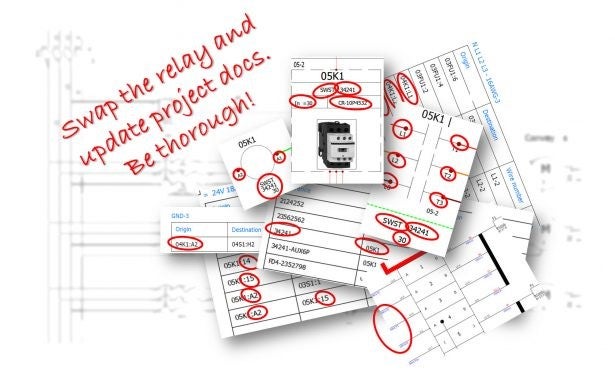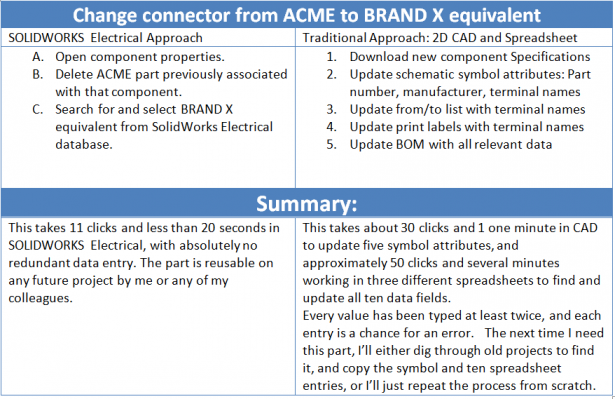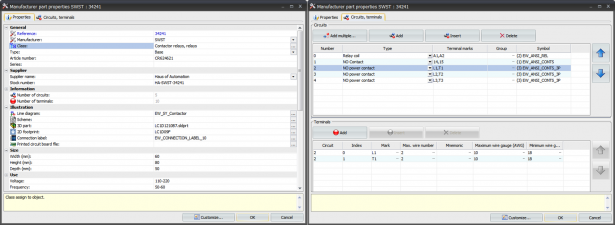One of the most interesting aspects of working for DS SOLIDWORKS is that we get to meet and learn from the wide range of customers we serve. What is sometimes surprising is how many of them share the same challenges and frustrations. For electrical engineers, whether they’re designing life-saving medical devices, the latest consumer gadgets, or machinery to bag and palletize potato chips, one of the largest challenges is ensuring accuracy of their documentation while still having time to develop a great product.

From the text on a schematic drawing to the details on the reports, and even down to the labels that will be printed and placed on each device or wire . . . even a “simple” design has a lot of data behind it, and that data must be accurate. For example, a recent project with fewer than 60 electrical components and minimal I/O yielded nearly 2,000 individual bits of data to manage! This is why many electrical engineers have told us that they spend more time creating and proofreading their documentation than they do actually developing and refining their design. As engineers, they would much rather be working to better their design than poring over spreadsheets and text attributes in CAD to ensure accuracy.


This is where the real value of SOLIDWORKS Electrical is revealed: the software manages all the data… automatically…down to the last cell in a report. To illustrate this, let’s consider a trivial example of swapping one component from ACME Corporation of an equivalent product from BRAND X. We’ll assume that ACME labels its four terminals “A, B, C, D,” while BRAND X labels its “0, 1, 2, 3,” which would look something similar to the workflow steps seen here:

So it’s obviously faster and more reliable to simply select a properly-defined part in a catalog than to search multiple documents created in multiple applications and update every instance of the affected data. More significant changes yield greater time savings. For example, if I want to change my wire numbering scheme, I can do this with a few clicks and update hundreds or thousands of data fields. In the traditional approach this may take days.
One might ask, though, “What if the part I need isn’t in my database?” Of course, we would have to obtain the specifications for the replacement part, so we’d have to do Step 1 above. In the traditional approach, I’ll update six symbol attributes in CAD, then I’ll update ten entries in three spreadsheets, and I’ll have to enter each bit of data more than once. With SOLIDWORKS Electrical, I enter each field of data only once, saving time and reducing the potential for costly errors.

The point is, whether you’re designing systems that you consider trivially simple, mind-blowingly complex, or anywhere in between, you can benefit from the automatic data management in SOLIDWORKS Electrical. The key is to populate your library of the parts you need with the relevant data that you’ll include in any report documents.
Don’t be intimidated by this, and don’t worry about putting in all the information initially. You can always add data to the part record as you go and as you discover that you need it. Once you’ve set up a couple parts and seen how much time you save, you’ll never want to go back to the traditional way!
Learn more about how you can better integrate your mechanical and electrical design teams with SOLIDWORKS 3D CAD and SOLIDWORKS Electrical by watching this on-demand webinar: Bring Wire and Harness Design into the 2020’s!











